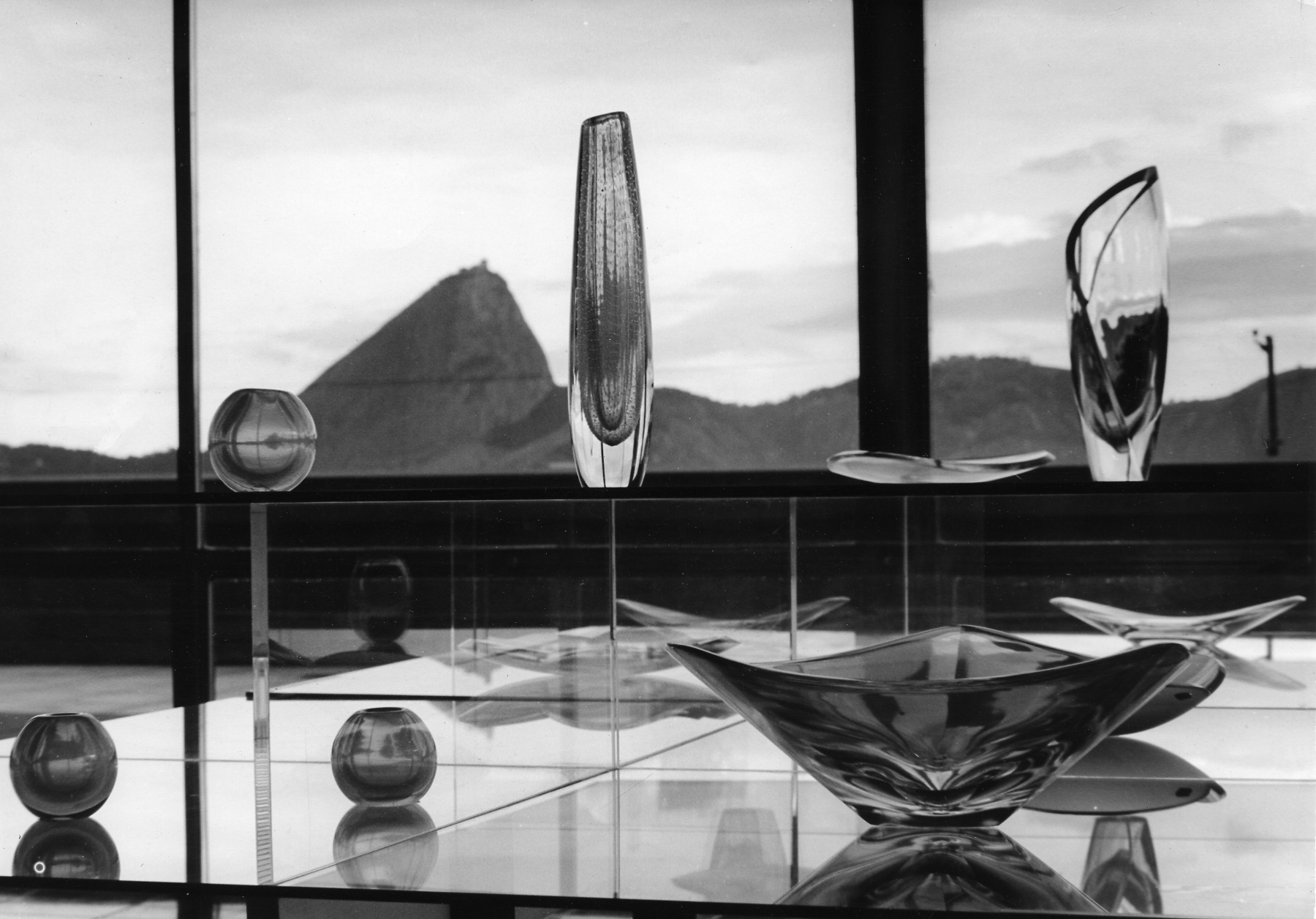150 years of design promotion
The Finnish Society of Crafts and Design was founded in 1875 to advance Finnish craftsmanship and manufacturing. For 150 years, it has fulfilled its mission with the support of both public and private funding. In its field, it is the second-oldest organization of its kind in the world.
